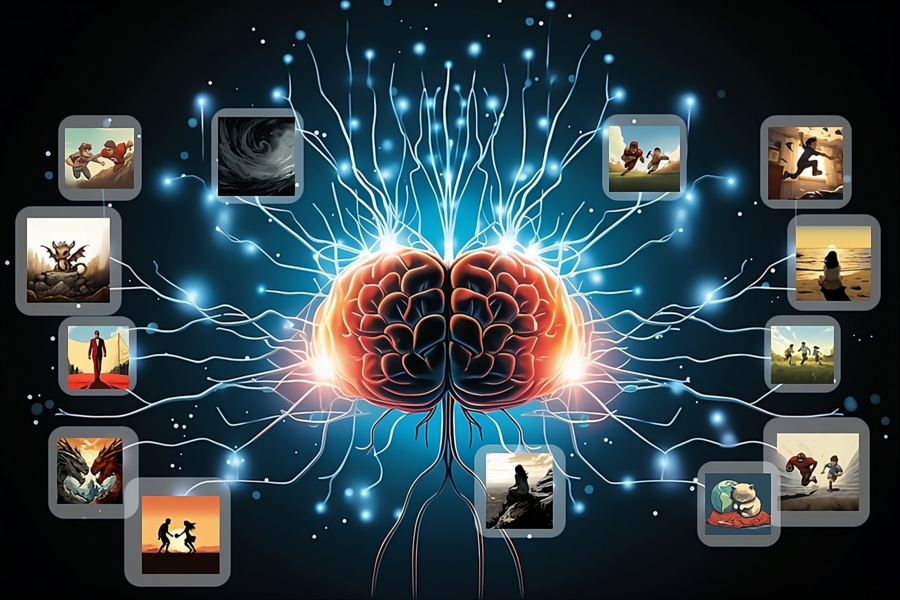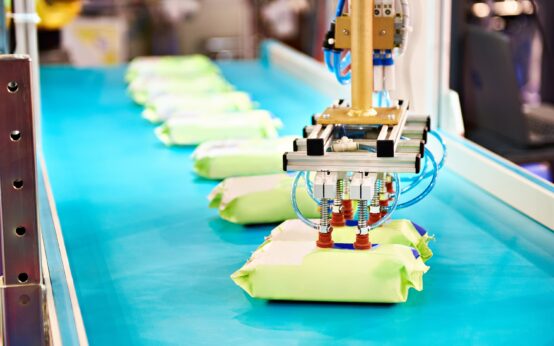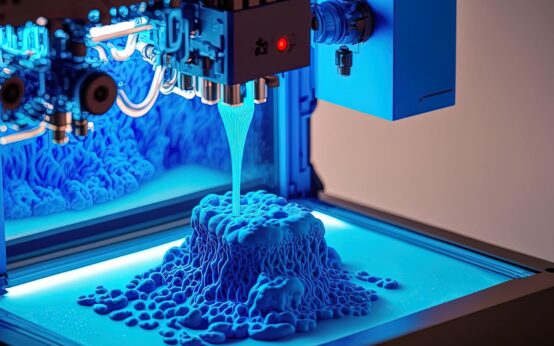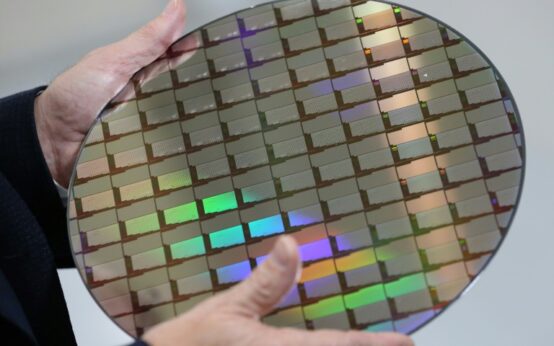Turning artificial learning upside down happens now, with pretend pictures being slapped right into the mix. The thirst for top-notch, mixed batches of information to train machines comes mega strong nowadays. “Fancy Phrase Goes Here”: Not just cool words, it tells of a big change in teaching fake brains, with a shift we didn’t see coming, hiding under.
The Evolution of AI Training
Once, real photos collected from life – not many and maybe not fair – were needed to teach computers how to think. Now – thanks to imaginary pictures made by tricky math – new worlds have shown up. These made-up pictures look just like real life, but – and here’s a surprise – they can be changed up lots to make learning easier and fix some tricky issues about getting lots of labelled stuff and keeping secrets safe. Now computers don’t always need as many true-to-life pictures to get smart, which is a big shift from the old ways.
Enhancing Data Diversity and Quantity
A big plus of man-made pictures is that they help add different types and a lot of training info; they’re used, for example, in helping computer-eye systems learn by showing them many different settings, lights, and views. These differences are super helpful in making strong systems that can deal with real things, including stuff they didn’t learn from before.
Is this confusing stuff easier to grasp now?
Addressing Data Limitations
Facts collected from the real world often have problems baked in. It can cost a lot to get this information, be tough to mark it right, or just not be enough to show all the different things that can happen. On the flip side, painted pictures made by computers can make as many fake scenes as you want, which lets robot brains practice more and get good at seeing patterns; by doing so, Machine Learning’s Role in Perfecting 3D Printing such tools make it less likely that a machine’s guess will be wrong because the facts it learned from didn’t show everything or weren’t fair, letting people have a bigger, clearer picture of all the types of facts out there.
Accelerating Training Processes
Made with large numbers of different pictures fast, the training of AI happens quicker with surprise help from imitation images. This sort of speed is reached without taking much time. Big sets of info are not much needed, which means under these new methods, the long waits before are turned upside-down.
Overcoming Ethical and Privacy Concerns
Ethical considerations and privacy concerns have been persistent challenges in the development and deployment of AI technologies. The use of synthetic imagery offers a potential solution by reducing reliance on real-world data that may involve sensitive information. This shift not only safeguards privacy but also navigates ethical dilemmas associated with the use of certain types of data in AI training.
Challenges and Considerations in Synthetic Imagery Adoption
While the benefits of synthetic imagery in AI training are evident, challenges and considerations abound. Ensuring that synthetic data accurately represents real-world scenarios is paramount. The fidelity of the generated images, their alignment with actual data distributions, and potential biases introduced during synthesis are critical factors that demand careful scrutiny.
The Role of Generative Adversarial Networks (GANs)
Generative Adversarial Networks (GANs) have emerged as a cornerstone in the generation of synthetic imagery. By pitting a generator against a discriminator, GANs iteratively refine the generated data, leading to realistic outputs. The use of GANs in conjunction with synthetic imagery is a testament to the strides made in AI research, providing a robust framework for creating data that mirrors authentic experiences.
Industry Applications and Success Stories
The adoption of synthetic imagery is not confined to the realms of research labs; it is permeating various industries. In healthcare, AI models trained on synthetic medical images have shown promise in diagnostics and treatment planning. Automotive companies leverage synthetic data to train self-driving car algorithms, simulating diverse driving conditions. These applications underscore the versatility and transformative potential of synthetic imagery across sectors.
Future Prospects and Innovation Trajectory
Before this time, experts agreed on a lot of ideas for using fake pictures when teaching AI. Ways of making these pictures got much better, looking more real and fitting more uses. Many weird help-words had to be sorted out; players from schools, work-world, and rule-makers placed those help rules to guide the right and good uses of these fake pictures.
Past steps in smart fake picture making were important to talk about. Good changes we might see soon will be about finding better methods for making these clever pictures work even better. With much heavy thought, folks all working together made certain this path stayed okay and everyone stuck to help-words that made it fair.
Conclusion
The integration of synthetic imagery is redefining the efficiency landscape of AI training. The phrase “Redefining AI Training Efficiency: The Benchmark of Synthetic Imagery” encapsulates not just a technological breakthrough but a fundamental shift in how we prepare AI models for real-world challenges. The benefits of enhanced diversity, accelerated training processes, and ethical considerations underscore the significance of this transformative approach. As we look toward the future, the benchmark of synthetic imagery stands as a symbol of progress, shaping the evolution of AI in ways that were once deemed impossible.

 Robotics Efficiency: Optimal Object Packing
Robotics Efficiency: Optimal Object Packing  Daron Acemoglu Wins A.SK Social Science Award
Daron Acemoglu Wins A.SK Social Science Award  Machine Learning’s Role in Perfecting 3D Printing
Machine Learning’s Role in Perfecting 3D Printing  Expert Insights on 2047’s Semiconductor Horizon
Expert Insights on 2047’s Semiconductor Horizon  Desalination’s Triumph Over Batteries
Desalination’s Triumph Over Batteries  Mastering Digital Footprint: Ways to Targeted Ads
Mastering Digital Footprint: Ways to Targeted Ads